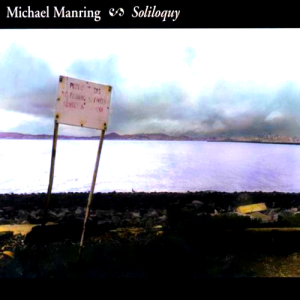What comes to mind when I say the words “dance music”? If you’re familiar with the current trends of the music industry, then your first mental images may very well include electronic DJs (meaning DJs that spin electronic music, not electrically-powered robot DJs), underground raves, and massive throngs of people jumping up and down. But this is only this decade’s version of dance music. If we travel back through the history of music, we pass by the synthpop of the 1980s, we say hello to the rise of disco in the ’70s, and we predate the birth of rock and roll as we settle down in the early 1900s. Imagine the scene in America at the turn of the 20th century. The European tradition of ballroom dancing had carried over into American culture, but the sudden rise of jazz out of the South soon took the world by storm. Before anyone knew what was happening, big bands and swing music became the new craze sweeping across the nation, and artists like Benny Goodman, Duke Ellington, Ella Fitzgerald, and Glenn Miller became household names.
Now, swing music was all well and good, but that died away many decades ago, didn’t it? Well no, that’s not entirely true (certainly not if Brian Setzer has anything to say about it). As I talked about in my post several months ago on Nekta, an artist going by the name of Parov Stelar is generally credited as the pioneer of the latest swing revival movement, this time fusing it with modern electronic music to form a brand new fusion of genres: electro swing.





